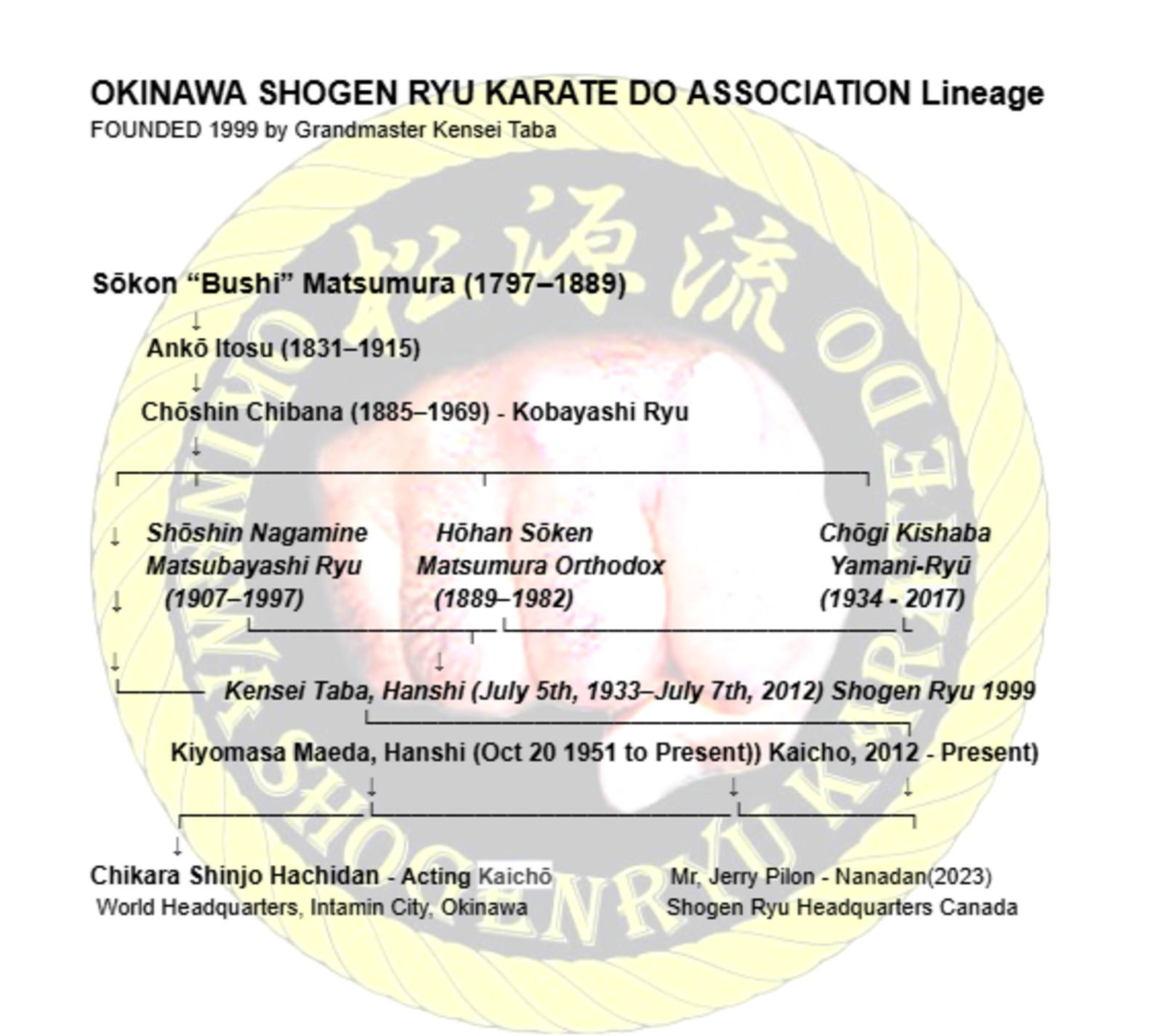The Origins of Tode Jitsu – The Foundation of Okinawan Karate

Before “Karate” became a modern term, the art was known as Tode Jitsu (唐手術) — “The Art or Method of the China Hand.”
This original form was not a sport, but a complete self-defense system born from Okinawan necessity — combining local fighting methods (Te) with Chinese martial arts influences brought through trade and cultural exchange.
Tode Jitsu focused on real-life defense: locks, throws, joint manipulation, striking vital points, and controlling an opponent with precision and awareness. It was a civilian self-defense art, not intended for tournaments or performance.
Every movement in the old Tode kata had hidden meaning — practical applications (bunkai and oyo) for real encounters, not staged combat.
At its heart, Tode Jitsu emphasized:
-
Awareness and de-escalation before conflict.
-
Efficiency and adaptability in movement.
-
Responsibility and restraint in application.
-
The preservation of life over dominance or victory.
From this foundation, Okinawan Karate evolved — and Shogen Ryu Karate-do represents the faithful continuation of that true intent.
What is Shogen Ryu Karate-do?
Shogen Ryu Karate-do is a traditional Okinawan martial art and self-defense system founded by Kensei Taba, Hanshi, Judan (1933–2012) in 1999.
After decades of teaching and leadership, Taba Sensei created Shogen Ryu following a philosophical separation from Takayoshi Nagamine, stepping down as the first President of the World Matsubayashi-ryu Karate Association (WMKA). His goal was to return karate to its original nature — as a budo (martial way), not a sport.
Rooted in centuries of Okinawan martial wisdom, Shogen Ryu embodies the spirit of Tode Jitsu — practical self-defense, natural movement, and the cultivation of inner strength and character.
Key Characteristics of Shogen Ryu Karate-do
1. Focus on Functionality
Shogen Ryu emphasizes practical and effective self-defense over competition or performance.
Its techniques are based on real-life application — evasion, control, restraint, and neutralization — rather than point-scoring or showmanship.
Students learn awareness, control, and responsibility as central principles.
2. Natural Movement
Movements in Shogen Ryu are rooted in natural posture, breathing, and rhythm.
Instead of deep, rigid stances, students train to move freely — maintaining fluidity, balance, and adaptability in all situations.
This ensures safety, speed, and practical efficiency in real-world encounters.
3. Koshi – The Core of Power
A defining element of Shogen Ryu is Koshi, the connection and coordination between the hips and lower back.
Through proper use of koshi, practitioners generate explosive power with minimal effort — reflecting Taba Sensei’s profound understanding of biomechanics and energy transfer.
4. Kata as the Foundation
Kata are the heart of Shogen Ryu.
Each form preserves not only physical techniques, but also strategy, rhythm, and philosophy.
Through bunkai (practical applications), students uncover how each motion represents a real defensive scenario — from escapes and counters to throws and joint locks.
5. Conditioning and Discipline
Traditional Okinawan training tools, such as the makiwara (striking post) and hojo undo (supplemental training), remain vital.
These methods cultivate strength, endurance, precision, and mental fortitude, embodying the discipline and perseverance central to Okinawan Karate.
Lineage and Historical Roots

Kensei Taba’s six-decade journey was guided by some of Okinawa’s most respected masters:
-
Chosin Chibana – Founder of Kobayashi Shorin-ryu
-
Hohan Soken – Founder of Matsumura Seito Shorin-ryu
-
Shoshin Nagamine – Founder of Matsubayashi-ryu
-
Chogi Kishaba – Yamane-ryu Kobudo master
While sharing historical ties with these systems, Shogen Ryu stands as an independent evolution — Taba Sensei’s personal synthesis of Okinawan Karate-do and his lifelong pursuit of purity in purpose and movement.
Meaning of “Shogen”
-
Sho (昭) — in honor of his teacher, Shoshin Nagamine
-
Gen (源) — meaning “return to the origin”
Together, “Shogen” represents a return to the true roots of Okinawan Karate — self-defense, respect, and personal development through disciplined practice.
Modern Association and Global Reach
Today, the Okinawa Shogen-Ryu Karate-Do Association continues under the leadership of:
-
Kiyomasa Maeda, Hanshi – President
-
Chaku Shinjo, Hachidan – Vice President and successor in training
The Hombu Dojo (headquarters) remains in Itoman City, Okinawa, preserving and teaching Taba Sensei’s legacy.
Official international branches include:
-
Canada (2002) – the first officially recognized country outside Okinawa
-
India (2011)
-
Europe (2014)
Among these, Canada remains the only active country to have trained directly under all three of Okinawa’s leading instructors — Kensei Taba, Hanshi; Kiyomasa Maeda, Hanshi; and Chaku Shinjo, Hachidan.
Shogen Ryu in Canada – S.K.I.L. Dojo
Through decades of direct instruction and continued study in Okinawa and abroad, Mr. Jerry Pilon (Kyoju) has become the senior representative of Shogen Ryu in Canada.
Since 1996, S.K.I.L. Dojo has upheld the teachings of Tode Jitsu and Shogen Ryu, blending tradition with modern understanding to help students of all ages learn true Okinawan self-defense.
Kyoju Pilon demonstrates the closest living expression of Kensei Taba’s vision, maintaining the technical precision, philosophy, and budo spirit of authentic Okinawan Karate.
Legacy and Guiding Principle
“Karate is not about destruction — it is about preservation.
To protect oneself, others, and the integrity of the art.”
— Kensei Taba, Hanshi, Judan
This timeless message defines the purpose of Shogen Ryu.
At S.K.I.L. Dojo, it continues to live through every student’s practice — ensuring that the original heart of Okinawan Karate, the art of Tode Jitsu, is preserved for future generations.
Rooted in centuries of Okinawan martial wisdom, Shogen Ryu was created as a return to karate’s original purpose: self-defense, natural movement, and the cultivation of inner strength. Its practice emphasizes koshi — the synergy between the hips and lower back — as the foundation of efficient power generation, balance, and stability.
Taba Sensei’s & now Mr. Pilon's goal is to preserve the true intent of Okinawan karate as a budo — a martial way of life focused on discipline, humility, and personal development — rather than as a sport.
